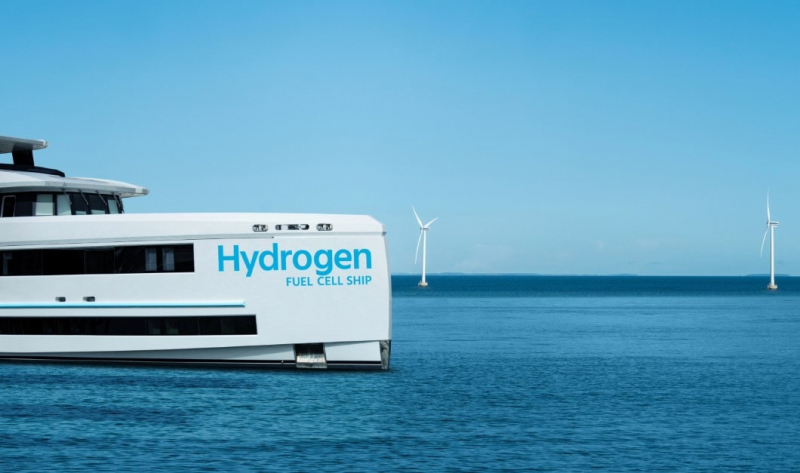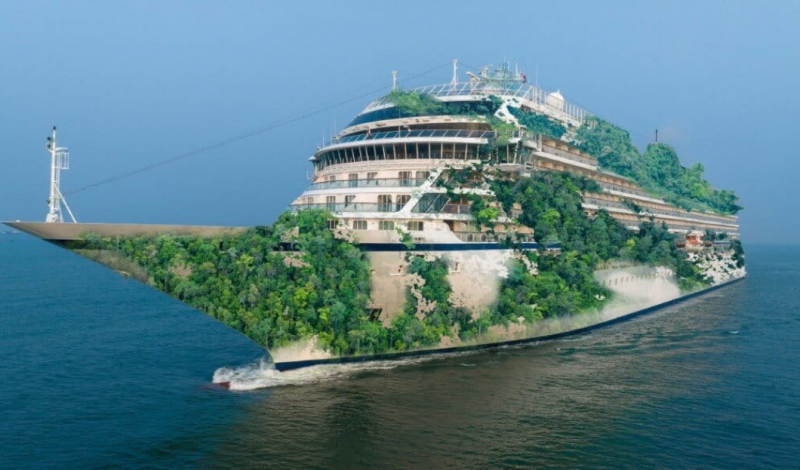The Cruise Lines International Association’s (CLIA) 2025 Environmental Technologies and Practices (ETP) Report recently came out, illustrating just how much progress the cruise industry is making towards sustainability and, importantly, its ambitious aim: net zero emissions by 2050. CLIA’s 45 member companies are investing billions of euros, spearheading tech innovations–everything from cutting-edge wastewater treatment to low-emission fuels and shore-based power, which have the potential to reshape the broader maritime world.
Cruise Fleet Overview: A Diverse and Growing Armada
CLIA members together operate 310 ships, offering about 638,000 berths. There’s notable diversity in the fleet. For example, you’ll find 106 ships with fewer than 1,000 beds, 119 that range from 1,000 to 3,000, and 85 larger ships exceeding 3,000 beds. This mix provides some flexibility in how to roll out innovative technologies, because obviously the best fit might vary by vessel size.
Zero-Emission Fuels: A Leap Forward
Progress is certainly being made with the adoption of zero- and low-emission fuels. Back in 2018, just a single ship could actually use them; now, 19 vessels are equipped for low-emission operation. By late 2025, 23 dual-fuel ships (one even tri-fuel!) will be part of the fleet. And thinking ahead, 32 new ships, expected by 2036, will have engines ready for alternative fuels: 25 LNG-powered and seven methanol-powered vessels. The first methanol ships should appear around 2026. All this points to a real shift toward cleaner sources of energy, which should help lessen the industry’s overall carbon footprint, generally speaking.
Onshore Power Supply: Cutting Port Emissions
Onshore Power Supply (OPS), sometimes called ShoreSide Electricity, lets ships turn off their engines while they’re docked. This can slash emissions by up to, say, 98%. Only 55 ships (about 25% of the fleet, or 28% of capacity) could use OPS back in 2018. Now, 166 ships (58% of the fleet, or 65% of capacity) are equipped, and by 2036, they think it’ll reach 273, thanks to retrofits and new builds. But, only 41 ports globally (less than 3%) actually offer OPS at cruise berths. Eight new ports were added last year, including six in Europe. With 19 ports getting funding, and 26 more in planning, the EU’s Fit for 55 mandate—requiring major European ports to offer OPS by 2030—will likely accelerate adoption.
Click here to preview your posts with PRO themes ››

Water Management: Self-Sufficiency and Responsibility
Water sustainability seems to be a big focus for CLIA members. Remarkable 279 ships (98.2% of the fleet, which is 99.9% of capacity) generate their own freshwater, using techniques like steam evaporation and reverse osmosis. Wastewater management is also more advanced; 234 ships (82.4% of the fleet, 85.4% of capacity) have Advanced Wastewater Treatment Systems (AWTS) that exceed MARPOL Annex IV standards. This is a roughly 4% annual increase, and up 72% since 2018. CLIA members have also committed to never discharging untreated sewage during regular operations, reinforcing their commitment to environmental best practices.
Waste Management: Toward a Circular Economy
The cruise industry is adopting advanced waste management technologies. Eight ships now have waste-to-energy gasification systems, which turn waste into energy for onboard use, lessening dependency on landfills. Plus, 128 ships (around 45% of the fleet, holding 52% of capacity) now use microbial digesters for food waste. It’s worth noting these didn’t exist five years ago. These systems allow for near-total recycling or reuse of waste created on board, which really aligns with circular economy thinking.


